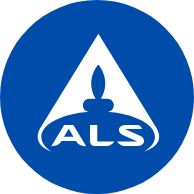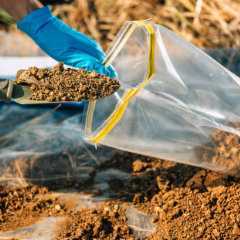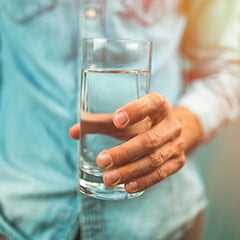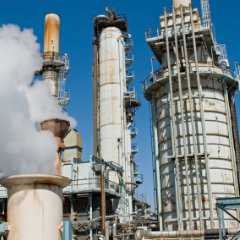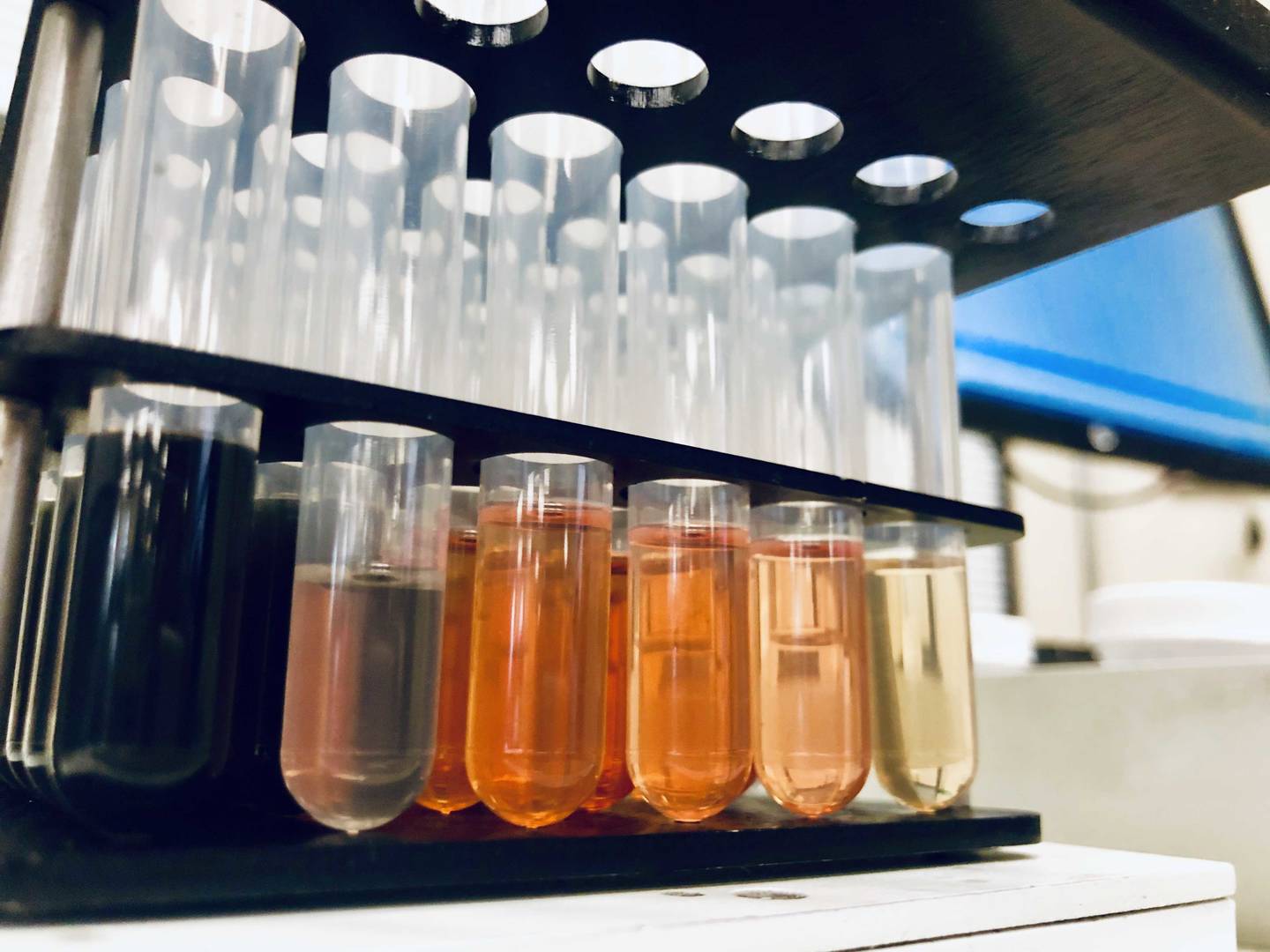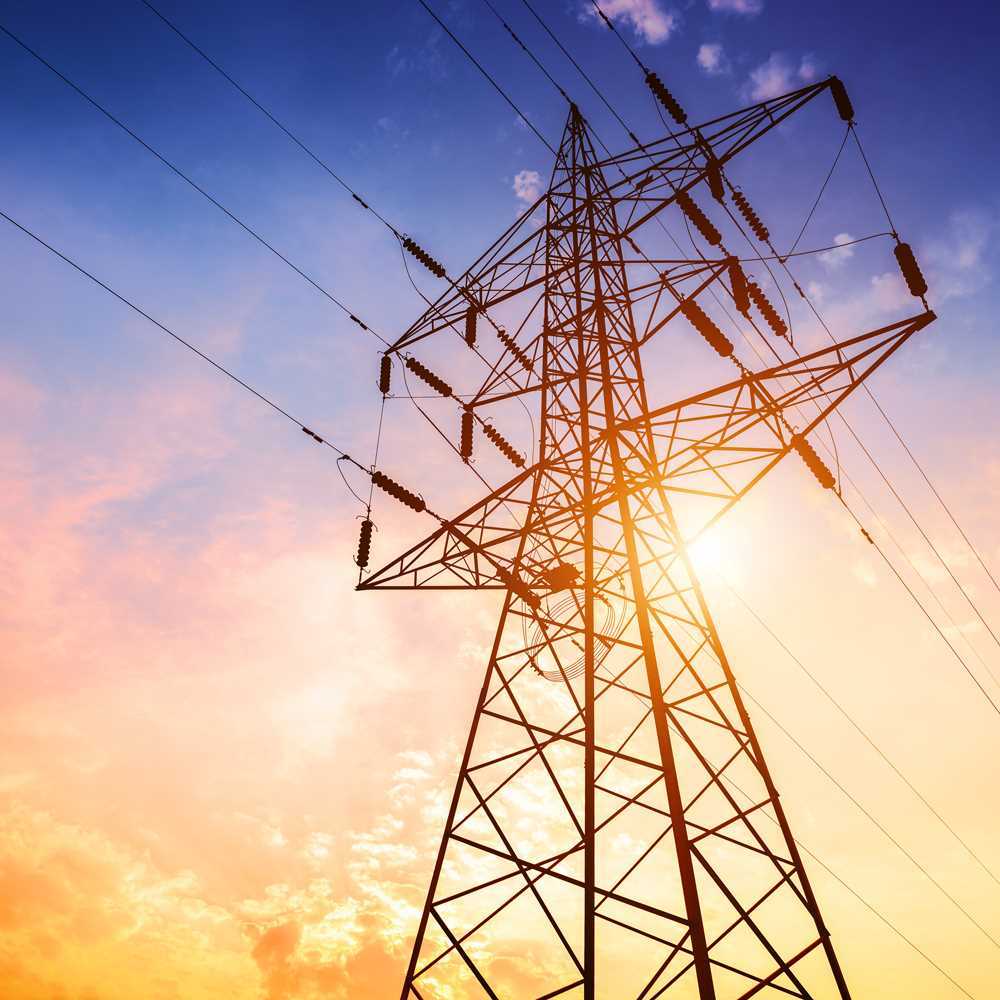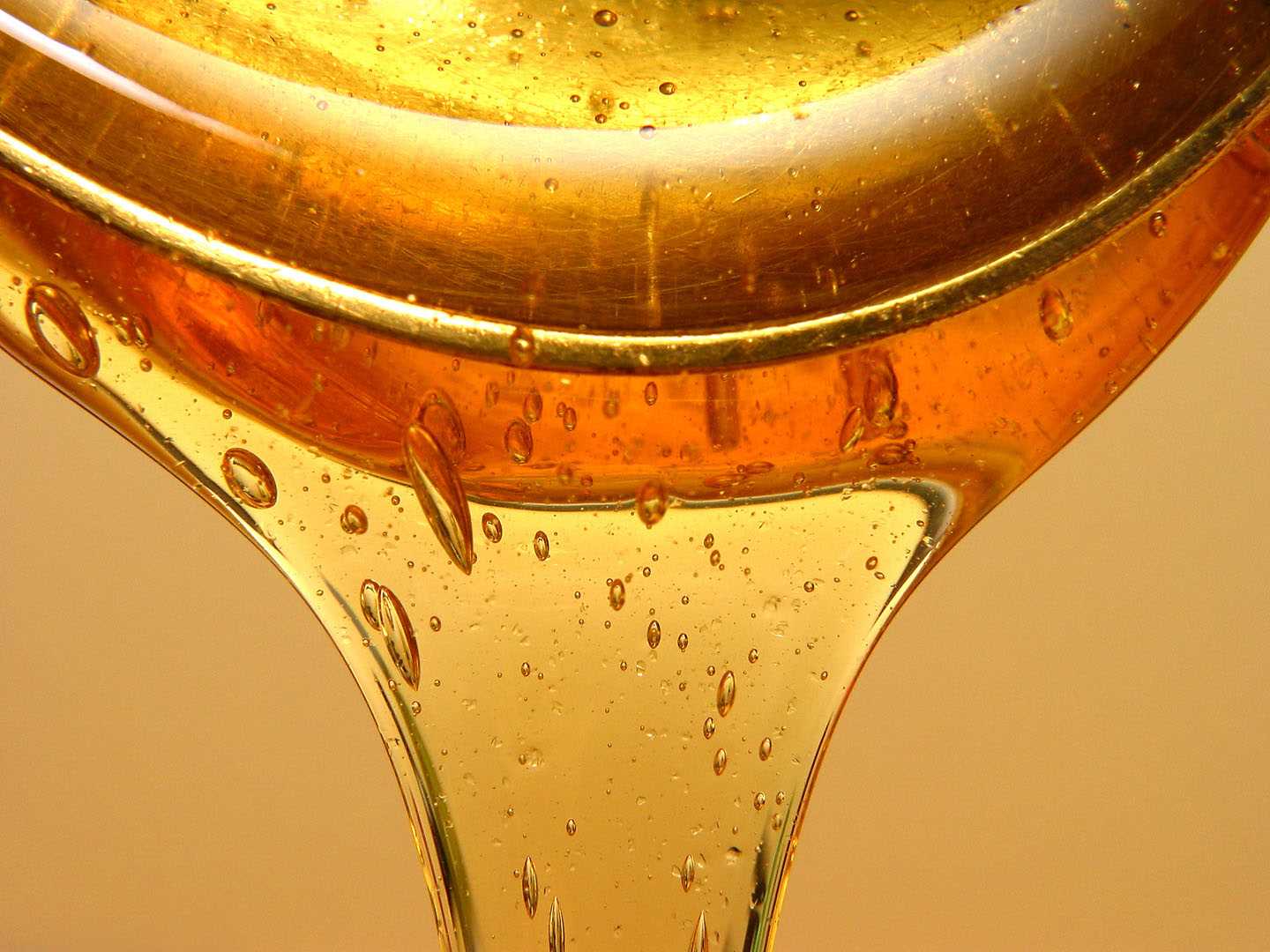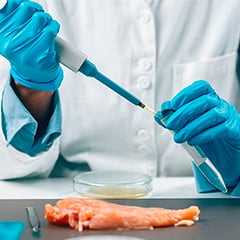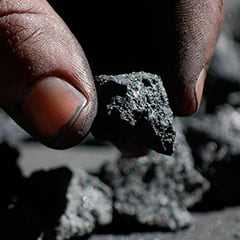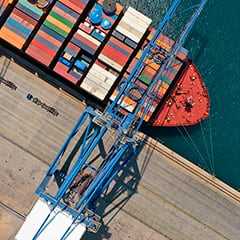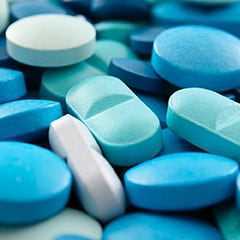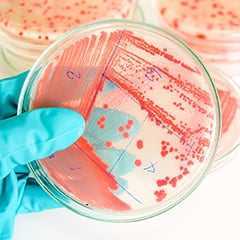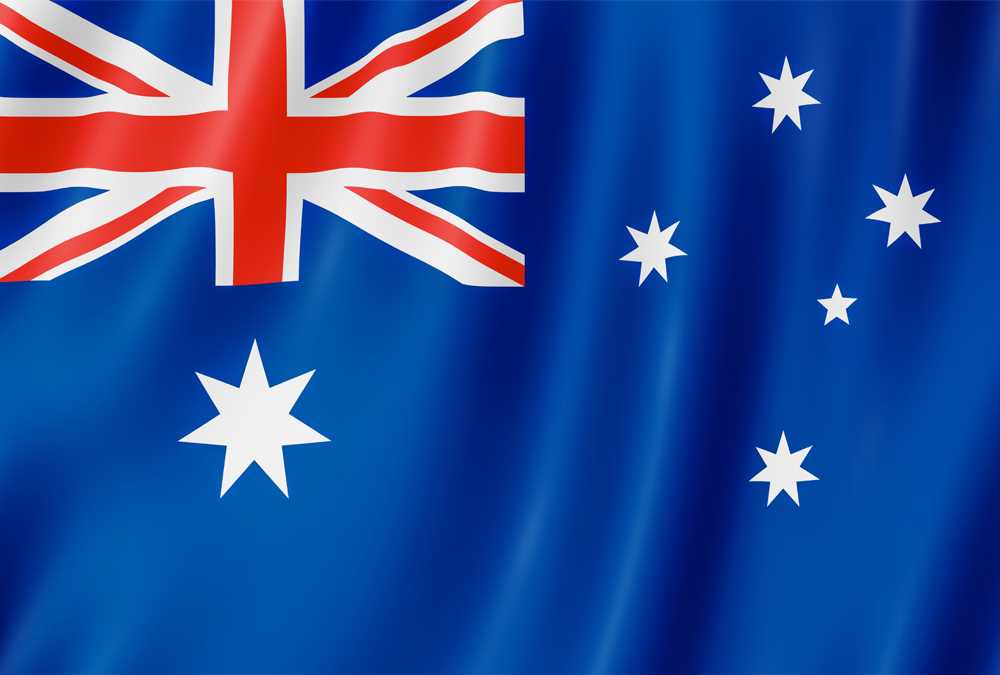EnviroMail 25
Enviromail 25 USA - QSM 6.0 – Key Changes and Client Impact
The DoD/DOE's Quality Systems Manual (QSM) is undergoing a comprehensive update to align with ISO/IEC 17025:2017, and key changes impacting clients were discussed at the recent Joint Conference on Environmental Monitoring and Data Quality.

For decades, environmental dioxin analysis has relied heavily on the high-resolution GC-MS methods outlined in EPA Method 1613 B. While effective, this method faces limitations in terms of efficiency and instrument longevity. Fortunately, recent advancements in triple quadrupole instrumentation offer a promising alternative.
Why the shift?
Traditionally, triple quadrupole instruments weren't considered viable alternatives due to limitations in sensitivity. However, research has shown that by utilizing the robust sample preparation and cleanup steps of Method 1613 B with modern triple quadrupole technology, performance can match or even surpass that of high-resolution GC-MS. This opens doors for several advantages:
- Cost-effectiveness: Triple quadrupole instruments are generally more affordable and require less maintenance compared to high-resolution GC-MS systems. This translates to potentially lower testing costs for laboratories and clients.
- Faster turnaround times: The streamlined analysis process offered by triple quadrupole technology can significantly reduce sample analysis time, leading to faster results and quicker decision-making.
- Future-proofing: High-resolution GC-MS technology is gradually being phased out by manufacturers. Investing in triple quadrupole instrumentation ensures compatibility with future advancements and avoids potential challenges in obtaining spare parts and service.
Validation and Acceptance
Method PAM-16130-SSI has undergone rigorous validation and earned EPA approval as an ATP for nationwide use under the Clean Water Act ATP program. “After reviewing the method and the supporting validation data, EPA determined that these methods meet all requirements for measurement of 2,3,7,8-substituted tetra- through octa-chlorinated dibenzo-p-dioxins and dibenzofurans (PCDDs/PCDFs) in wastewater. That is, the performance of these methods is substantially similar to methods listed at 40 CFR Part 136 for measurement of PCDDs/PCDFs in wastewater.” https://www.epa.gov/cwa-methods/methods-measurement-2378-substituted-tetra-through-octa-chlorinated-dibenzo-p-dioxins While not an automatic replacement, this method offers laboratories the option to petition for facility-specific authorization under the Clean Water Act ATP program.
Understanding Dioxins and Furans
Polychlorinated dibenzo-p-dioxins (PCDDs or dioxins) and polychlorinated dibenzofurans (PCDFs or furans) often referred to as just “dioxins” are a group of highly toxic environmental contaminants unintentionally produced during combustion, chemical manufacturing, and other industrial processes. These persistent chemicals, including the notorious 2,3,7,8-tetrachlorodibenzo-p-dioxin (TCDD), bioaccumulate in the food chain, posing potential health risks like cancer, liver disease, and immune system impairments. Among the 210 dioxins and furans, 2,3,7,8-tetrachlorodibenzo-p-dioxin (TCDD) is the dioxin congener with the highest acute toxicity in the group. It is considered the most toxic man-made substance and one of the most toxic substances known to man.
Toxicity of Dioxins
TCDD has been classified by the International Agency for Research on Cancer as a human carcinogen. The USEPA has categorised dioxins as a “likely human carcinogen”.
- Confirmed Carcinogen: The International Agency for Research on Cancer (IARC) classifies 2,3,7,8-tetrachlorodibenzo-p-dioxin (TCDD) as a known human carcinogen. The U.S. Environmental Protection Agency (USEPA) considers all dioxins as likely human carcinogens.
- Acute Effects: High-level exposure can cause visible skin lesions like chloracne, as infamously seen in the 2004 poisoning of Viktor Yushchenko. Other acute effects include nausea, vomiting, diarrhoea, liver damage, and neurological issues.
- Chronic Effects: Long-term exposure may lead to liver disease, thyroid dysfunction, weakened immunity, cardiovascular problems, learning difficulties, and potential cancer.
Toxic Potency and Risk Assessment:
Although all dioxins and similar compounds bind to the Aryl Hydrocarbon Receptor (AHR), their toxicity varies greatly. TCDD remains the most potent congener.
To assess risks effectively, each congener is assigned a TEF, allowing scientists to translate the mix of dioxins into a single, comparable toxicity measure.
WHO TEF, https://www.ncbi.nlm.nih.gov/pmc/articles/PMC2290740/
|
Compound |
WHO 2005 TEF |
Compound Group |
|
2,3,7,8-TCDD |
1 |
Chlorinated dibenzo-p-dioxins |
|
1,2,3,7,8-PeCDD |
1 |
|
|
1,2,3,4,7,8-HxCDD |
0,1 |
|
|
1,2,3,6,7,8-HxCDD |
0,1 |
|
|
1,2,3,7,8,9-HxCDD |
0,1 |
|
|
1,2,3,4,6,7,8-HpCDD |
0,01 |
|
|
OCDD |
0,0003 |
|
|
|
|
|
|
2,3,7,8-TCDF |
0,1 |
Chlorinated dibenzofurans |
|
1,2,3,7,8-PeCDF |
0,03 |
|
|
2,3,4,7,8-PeCDF |
0,3 |
|
|
1,2,3,4,7,8-HxCDF |
0,1 |
|
|
1,2,3,6,7,8-HxCDF |
0,1 |
|
|
1,2,3,7,8,9-HxCDF |
0,1 |
|
|
2,3,4,6,7,8-HxCDF |
0,1 |
|
|
1,2,3,4,6,7,8-HpCDF |
0,01 |
|
|
1,2,3,6,7,8,9-HpCDF |
0,01 |
|
|
OCDF |
0,0003 |
|
|
2,3,7,8-TCDF |
0,1 |
|
|
|
|
|
|
3,3’,4,4’-tetraCB (PCB 77) |
0,0001 |
Non-ortho substituted PCBs |
|
3,4,4’,5-tetraCB (PCB 81) |
0,0003 |
|
|
3,3’,4,4’,5-pentaCB (PCB 126) |
0,1 |
|
|
3,3’,4,4’,5,5’-hexaCB (PCB 169) |
0,03 |
|
|
|
|
|
|
2,3,3’,4,4’-pentaCB (PCB 105) |
0,00003 |
Mono-ortho substituted PCBs |
|
2,3,4,4’,5-pentaCB (PCB 114) |
0,00003 |
|
|
2,3’,4,4’,5-pentaCB (PCB 118) |
0,00003 |
|
|
2’,3,4,4’,5-pentaCB (PCB 123) |
0,00003 |
|
|
2,3,3’,4,4’,5-hexaCB (PCB 156) |
0,00003 |
|
|
2,3,3’,4,4’,5’-hexaCB (PCB 157) |
0,00003 |
|
|
2,3’,4,4’,5,5’-hexaCB (PCB 167) |
0,00003 |
|
|
2,3,3’,4,4’,5,5’-heptaCB (PCB 189) |
0,00003 |
Global mobility of dioxins
Despite the absence of local sources, dioxins and furans have been detected in remote regions. This phenomenon arises from their remarkable mobility via atmospheric and aquatic transport routes. In the atmosphere, dioxins evaporate from surfaces or adsorb to airborne particles, enabling long-range travel. Warmer climates favor evaporation, with subsequent deposition in colder regions like the Arctic. This "grasshopper effect" or "global distillation" allows dioxins to traverse vast distances. Aquatic transport predominantly involves dioxins adsorbed to particles, reflecting their limited water solubility.
Bioaccumulation of dioxins and furans
Dioxins and furans are persistent environmental pollutants characterized by their high fat solubility and widespread presence. Due to their lipophilic nature, they accumulate in the fatty tissues of organisms, leading to bioaccumulation throughout the food chain and, consequently, increased human exposure. Their long persistence within the body, with a half-life estimated at 7-11 years, further amplifies their potential harmful effects.
A Brighter Future for Dioxin and Furan Analysis
While the pervasive nature and enduring presence of dioxins and furans pose a significant challenge, the emergence of advanced tools like QQQ-MS technology shines a light on a brighter future. This revolutionary approach brings unprecedented sensitivity, efficiency, and cost-effectiveness to dioxin and furan analysis, enabling us to:
- Track and manage contamination with greater precision, guiding remediation efforts for cleaner environments.
- Implement stricter quality control measures for your materials, building consumer trust and minimizing risk.
- Gain deeper insights into dioxin exposure pathways and potential health impacts, informing preventive measures for your workforce and communities.
By embracing innovative technologies like QQQ-MS, ALS is committed to providing our clients with the most advanced and reliable dioxin and furan testing solutions.
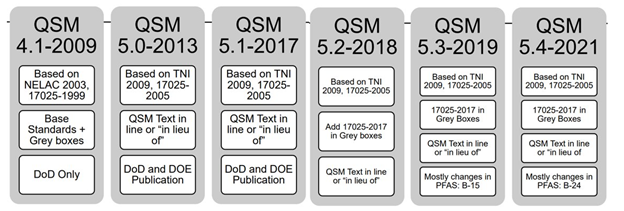
Contact ALS today to discuss your specific dioxin and furan testing needs and experience the benefits of our cutting-edge QQQ-MS technology.
